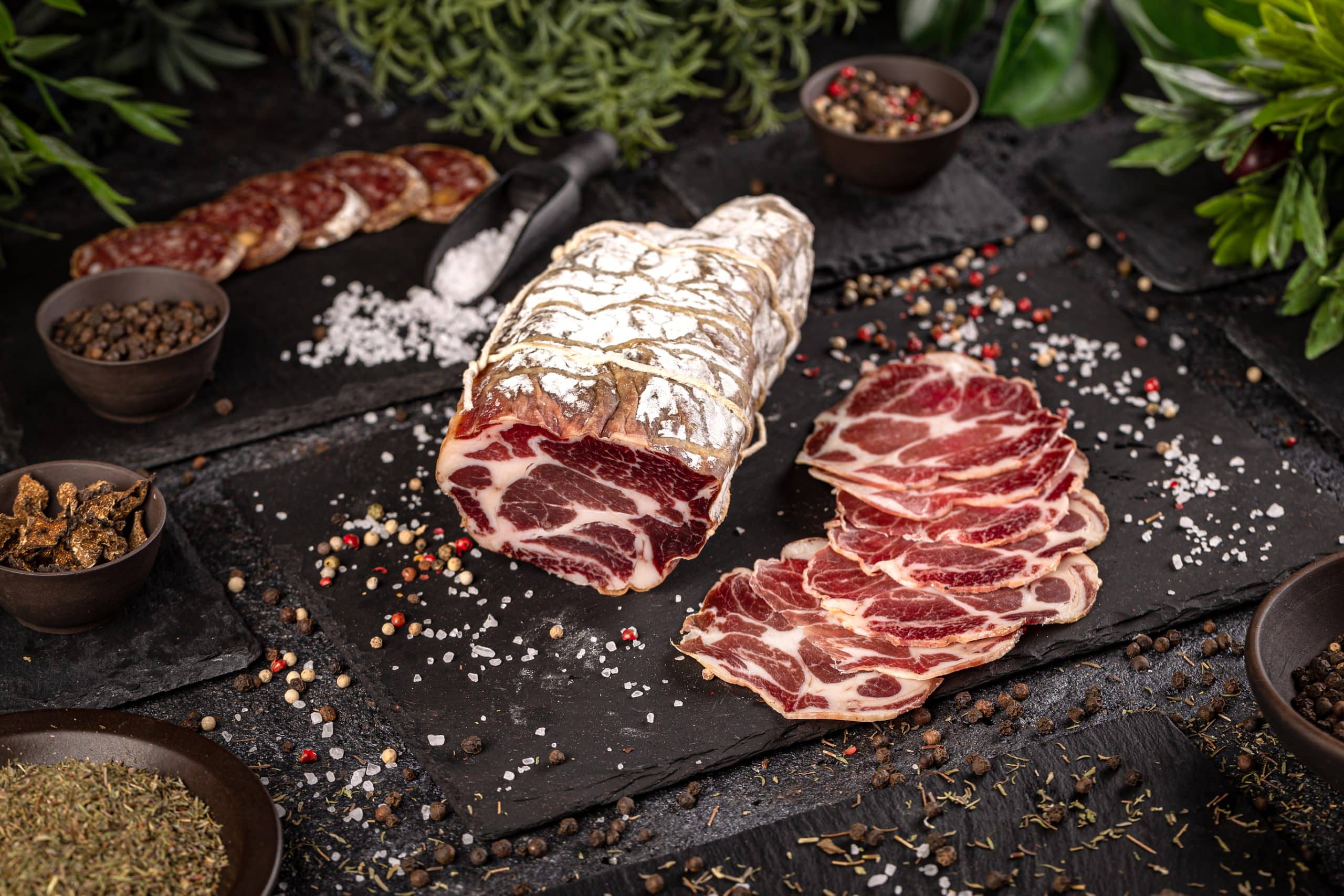The pavlova is a whimsical dessert that, at its very core, is a celebration of simplicity and elegance. Named after the legendary Russian ballerina, Anna Pavlova, it is a dessert that requires patience, a keen eye and a careful hand, but above all, a deep appreciation for the finer things in life. Composed of a delicate meringue base, lavishly topped with fresh, seasonal fruit, and a generous dollop of whipped cream, it is a dessert that truly embodies the spirit of indulgence. Let’s embark on a culinary journey to master this exquisite dessert, and by the end of it, you’ll be able to create your own delightful masterpiece.
Decoding the Mystery of Meringue
The key to achieving a sublime pavlova lies in the creation of its meringue base. It may seem daunting at first, but once you have mastered the basics, creating a perfect meringue will be as easy as pie. Remember, balance is essential; it’s all about achieving the perfect equilibrium between sugar and egg whites.
In the same genre : How to Bake a Gourmet Brioche with a Golden Crust and Fluffy Interior?
Start by separating the egg whites. Ensure your bowl is clean and dry, any trace of fat or yolk can prevent your meringue from reaching its full potential. Once you have your egg whites, it’s time to start whipping. You’ll need an electric mixer for this process, as it ensures the incorporation of as much air as possible into your egg whites. Start at a lower speed, gradually increasing it until your egg whites form stiff peaks.
Now, here comes the all-important sugar. While continuing to whip your egg whites, gradually add your sugar. It’s crucial not to rush this process; add the sugar one tablespoon at a time, allowing each spoonful to dissolve before adding the next.
Also to see : What’s the Secret to a Perfectly Crisp Classic Caesar Salad with Homemade Croutons?
Time and Temperature: Keys to Perfect Baking
Achieving a perfect pavlova is a game of patience and precision. It is not about rushing through the process, but instead, cherishing every moment. Once you have your meringue ready, it’s time to set the stage for baking.
Preheat your oven to a low temperature, around 120-130 degrees Celsius. Pavlova is all about slow and steady baking; a high temperature can crack the meringue and cause it to weep.
Now, prepare your meringue for baking, shape it using a spatula. Aim to create a well in the center; this will be the nest for your filling. Then bake for around 90 minutes. Once the baking time is up, leave the pavlova in the oven to cool completely. This will help keep the meringue shell crisp and avoid it from deflating.
The Art of the Perfect Cream
While your pavlova is baking and cooling, let’s move onto the next element: the cream. The topping for a pavlova is typically a Chantilly cream, a fancy name for vanilla whipped cream.
Start with some cold heavy cream, adding in some icing sugar and a dash of vanilla for flavour. Whip it until it forms soft peaks, but be careful not to overbeat, or you’ll end up with butter instead of cream.
Remember, the cream should be light and fluffy, complementing the crisp meringue and not overpowering it. Once your meringue base is cool, it’s time to top it with this delicious cream, spreading it evenly over the shell.
The Crown of Fresh Fruit
The final flourish to your masterpiece is the fruit topping. Pavlova is traditionally topped with fresh, seasonal fruits, adding a dash of colour and a burst of natural sweetness.
Though you can use any fruit you wish, berries are a classic choice. The tartness of these fruits contrasts beautifully with the sweet meringue and cream, creating a balanced and refreshing dessert.
Make sure to wash and dry your fruits thoroughly before you arrange them on top of your pavlova. Arrange them in any pattern or design you wish, letting your artistic instincts guide you.
Remember, pavlova is more than just a dessert; it’s an experience. Each bite should be a dance of textures and flavours, a testament to your culinary skills. And above all, it’s a reminder that sometimes, the simplest of ingredients can create the most extraordinary of desserts. Enjoy the process, and your pavlova will certainly be a hit!
The Magic of the Pavlova Roll
Now that we have our meringue base, Chantilly cream, and fresh fruits, let’s move onto the final act – creating the pavlova roll, a delightful twist to the traditional pavlova recipe. Rather than the usual nest-like arrangement, here we will gently roll the meringue and cream into a log, with the fruits peeping out from the sides.
Begin by spreading your meringue evenly onto a baking tray lined with baking paper. Make sure the paper is slightly larger than your meringue base, as this will help in rolling it later. Bake as directed before, remembering the key is patience and lower temperatures for that perfect pavlova.
While your pavlova is baking, whip up your cream. Remember to keep it chilled until you’re ready to spread it on the meringue. Once your meringue is cooled, spread the cream evenly over it, leaving a small border around the edges.
Now, scatter your chosen fruits over the cream. Here, you could use a combination of berries for that burst of color and a mix of sweet and sour flavors.
To roll up your pavlova, start at one end, using the baking paper or parchment paper as a guide. Don’t worry if it cracks a little, that’s part of the pavlova’s charm. Once rolled, wrap it tightly in the paper and refrigerate for at least an hour, or until it’s ready to serve.
Conclusion: The Finishing Touches and Serving
Finally, when it’s time to serve your pavlova roll, unwrap it carefully and place it on a serving platter, seam-side down. You can dust some icing sugar over the top for that extra touch of sweetness, or drizzle a little berry coulis if you like.
One of the best things about a pavlova is that it can be made in advance. This allows the flavors to meld together, and the texture of the meringue to mature. Just remember to add the final touches right before serving to maintain that crispness.
In the end, the key to a perfect pavlova lies not just in the technique, but also in the joy of creation. Whether you’re a seasoned baker or a first-time cook, the process of making a pavlova is as rewarding as indulging in the finished product.
So no matter what the occasion, a pavlova is sure to be a showstopper. It’s a delicious testament to your culinary prowess and an ode to the simple, yet profound joys of cooking. From whipping up those stiff peaks of egg whites to arranging the vibrant berries on top, every step in the pavlova-making process is a delightful experience.
Mastering the pavlova recipe is not just about following steps; it’s about understanding the ‘why’ behind these steps. Once you understand this, you’ll find that making a pavlova is not as daunting as it seems, rather, it’s an adventure – one that ends in a sublime dessert that dances on your palate with every bite.
So, take a deep breath, remember these tips, and get ready to embark on your own pavlova-making journey. Happy baking!






